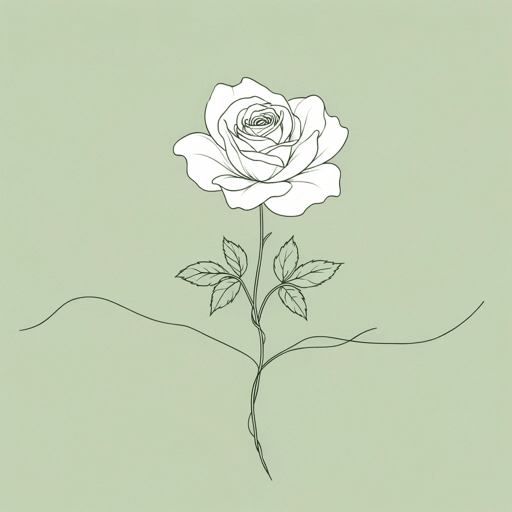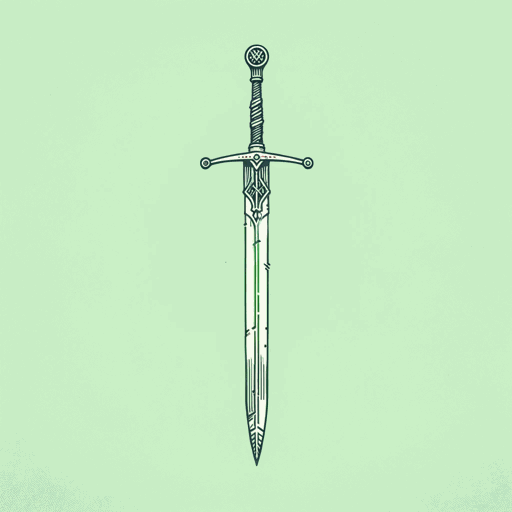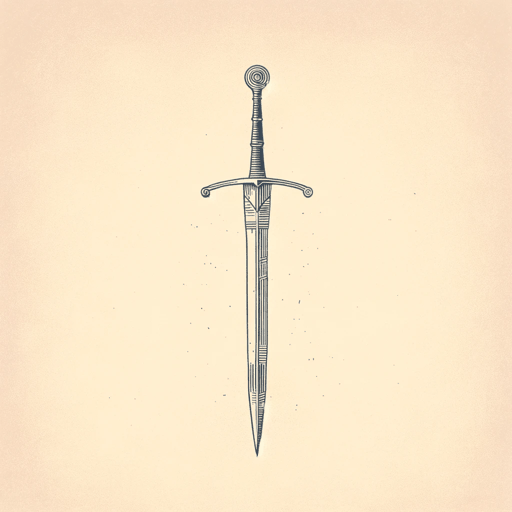57 pages • 1 hour read
Andrzej Sapkowski, Transl. Danusia StokBlood of Elves
Fiction | Novel | Adult | Published in 1994A modern alternative to SparkNotes and CliffsNotes, SuperSummary offers high-quality Study Guides with detailed chapter summaries and analysis of major themes, characters, and more.
Symbols & Motifs
The White Rose of Shaerrawedd
The narrative’s description of the rosebush at Shaerrawedd—the site of a catastrophic elvish military defeat—contrasts the ruined palace with the beautiful flowers:
From rubble colourful with smashed terracotta grew an enormous rose bush covered with beautiful white-lilied flowers. Drops of dew as bright as silver glistened on the petals. The bush wove its shoots around a large slab of white stone and from it a sad, pretty face looked out at them (195).
The visual contrast between the destroyed palace and the fresh roses juxtaposes what the young elves died for with why the older elves left. The white rose itself represents the youthfulness and pure intentions of the young elves’ last stand; they wanted to stop humans persecuting them, but their deaths endangered their race even further.
The face carved into the slab is Aelirenn, whose moniker was the White Rose of Shaerrawedd. The rose bush is named in her honor, and its flowers grow year-round. The fact that the ruins are not overrun by the plant indicates that the elves who visit maintain the rose bush, keeping it alive the same way the memory of Aelirenn’s last stand keeps their hope alive. Ciri’s experience at Shaerrawedd is her first real lesson in the impossibility of neutrality, as well as how, when one does take a stand, it is not always clear whether it was the right choice.
Related Titles
By these authors



